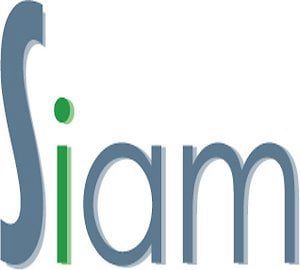CLP EU vs. UK: What’s different and what can we expect?

Photo: Flickr Banksy does Brexit
CLP EU vs. UK: What’s different and what can we expect? – Pending a full review of the EU CLP regulation before 2024, both regulations will continue to expand.
When Brexit occurred three years ago, it impacted the regulatory relationship between the UK and the rest of Europe.
For example, the CLP Regulation was transposed into UK law after Brexit. Importantly, the alignment of the CLP Regulation with UK territory has led to differences in hazard classification, labeling and communication between the EU and the UK.
The UK government is committed to a high level of protection
The UK government has consistently indicated its intention to maintain a high level of protection for human health and the environment. The British also indicated that they would align regulations with parallel progress in the EU with the CLP Regulation. However, the aforementioned “split” between the UK and the EU marked the beginning of disagreements regarding the EU CLP Regulation and the UK Regulation.
Differences
One area of divergence is the SDS configuration. The updated EU Regulation (EU) 2020/878 aligns the SDS format with the 8th revised edition of the GHS and establishes a transition period that allows the previous format (under Regulation 2015/830) to be used until December 2022. Therefore, the SDS to comply with Regulation (EU) 2020/878 from January 2023 throughout the European territory under the CLP Regulation. On the other hand, the UK has not adopted the new GHS revision yen, therefore safety data sheets are prepared according to the “old” format. Relevant are some differences between the two types of safety data sheets, which refer among others to new warnings for nanoforms and chemicals with endocrine disrupting effects, new sections in the safety data sheets, new parameters in section 9.1.
Also important
It should also be noted that in order to comply with EU regulations, an EU legal person must be indicated on the safety data sheet and label. This means that a UK company selling a product in the EU must use an EU legal person for its EU safety data sheets and labels. And vice versa, of course.
UFI and PCN files are not required in the UK
Another difference between UK and EU CLP is the mandatory use of Unique Formula Identifiers (UFI) and the creation of PCN files. While it is not required to generate or submit a UFI code in the UK, it is mandatory for Northern Ireland – where the EU CLP regulation applies and there is a requirement to submit specific information about their products to the NPIS. Please also note that the NPIS in the UK will register a product with its associated UFI if one has already been generated in previous notifications. More information.
Both regulations seem to be growing apart
Due to the aforementioned differences between the EU and UK CLP regulations – along with the expected full reformulation of the EU CLP regulation before 2024 – the two regulations appear to be drifting apart.
The importance of Chemeter
This proves the relevance of using software that is constantly updated to reflect the latest updates to international regulations. Chemeter offers a unique solution for companies involved in exporting/importing hazardous chemicals between the UK and the EU, as well as any other country in the world.
With Chemeter, you are guaranteed to comply with the hazard classification, labeling and communication practices of your products no matter where you ship them.
Also Read: Authorities and ECHA insist on compliance with authorisation obligations
Reservation
This information has been compiled with the greatest possible care, in some cases from different information sources. (Interpretation) errors are not excluded. No legal obligation can therefore be derived from this text. Everyone dealing with this subject has the responsibility to delve into the matter!
